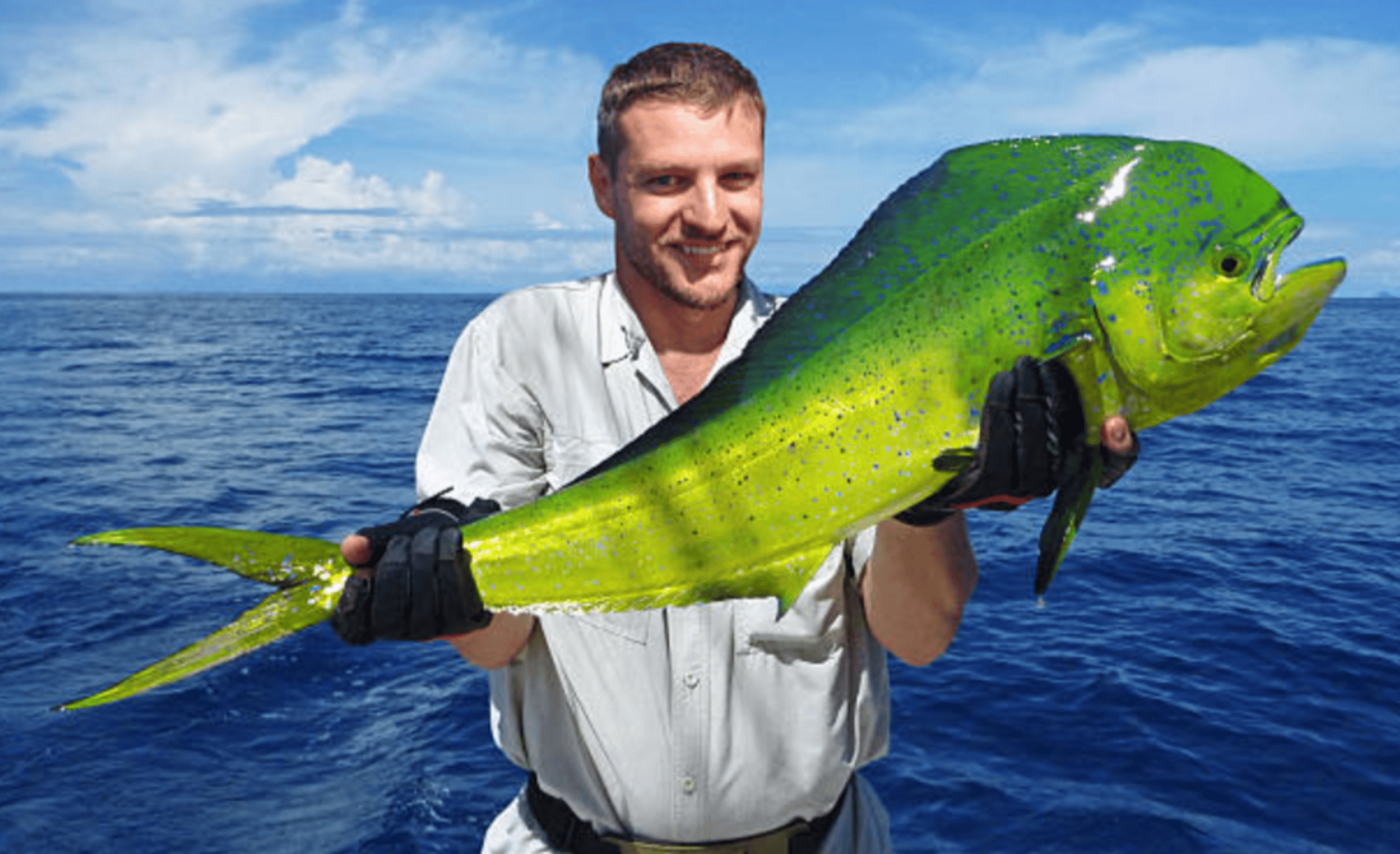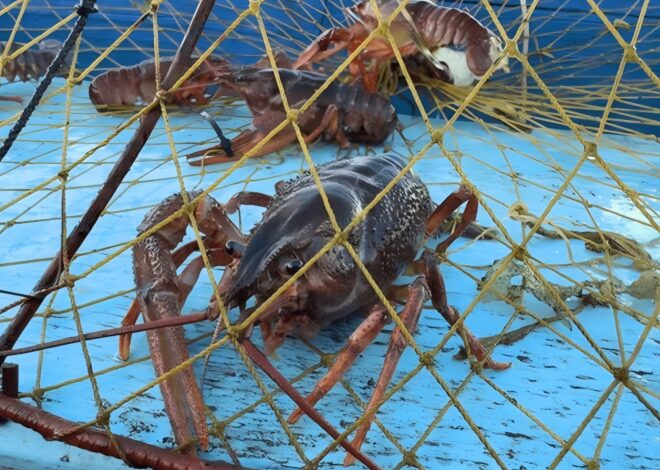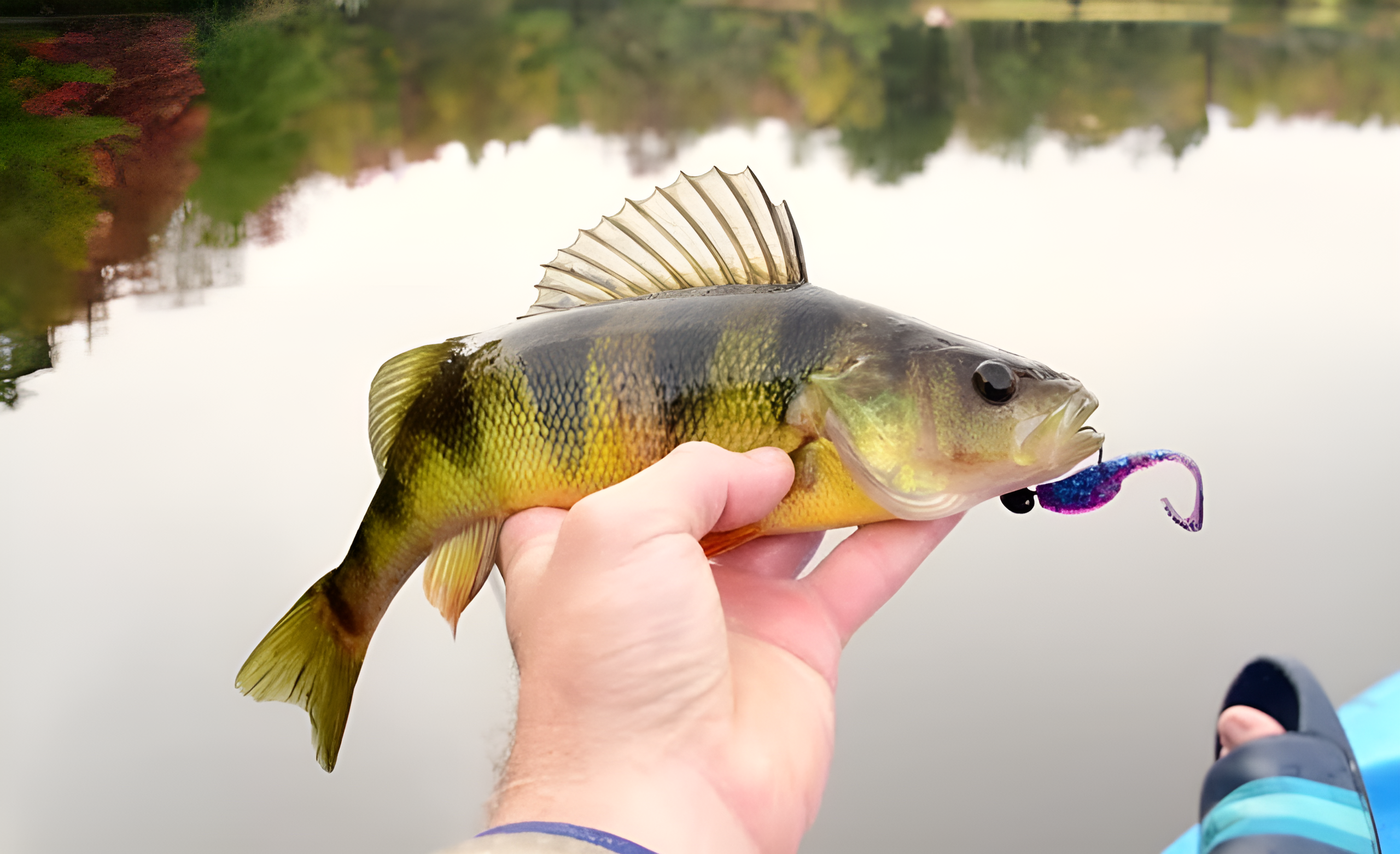
How To Catch Mahi Mahi
Welcome to our comprehensive guide on how to catch mahi mahi. This tasty fish, also known as dorado or dolphin, is one of the most sought-after game fish in tropical waters. With its vibrant colors and impressive fighting ability, this species has become a favorite among anglers worldwide.
Whether you’re an experienced fisherman or just starting out, learning how to catch mahi mahi can turn your fishing trip into an unforgettable adventure. The thrill of reeling in a bright yellow-green fish that can weigh up to 40 pounds is hard to match.
Imagine the sun on your face, the sound of waves lapping against your boat, and the adrenaline rush as you battle this beautiful creature. If you’re ready to dive into the exciting world of mahi mahi fishing, let’s explore everything from their habits and habitats to techniques for successfully bringing them aboard. Get ready for some expert tips that will have you casting lines with confidence!
Understanding the Habits and Characteristics of Mahi Mahi
Mahi mahi, also known as dolphin fish or dorado, are vibrant and stunning creatures. Their iridescent colors range from bright blues and greens to shimmering yellows. These colors make them a sight to behold when caught. These fish thrive in warm waters. They prefer temperatures around 70-80°F.
Mahi mahi are highly migratory, often found near floating debris or structures where they can hunt for food. Their diet primarily consists of small fish and crustaceans. This makes them opportunistic feeders, always on the lookout for their next meal.
In terms of behavior, mahi mahi are quite active and fast swimmers. They can leap out of the water with impressive agility when hooked, providing an exciting challenge for anglers. Understanding these habits helps fishermen anticipate where to find them during different seasons and conditions.
Where to Find Mahi Mahi
Mahi Mahi, also known as dolphin fish, thrive in warm waters. They are commonly found in tropical and subtropical regions around the world. Look for them near floating debris such as buoys or seaweed mats. These spots attract smaller fish, creating an ideal hunting ground for Mahi Mahi.
Ocean currents play a significant role too. Areas where warm current meets cooler water often yield good catches. Check local charts to identify these zones. Fishing around offshore reefs can be fruitful as well.
The structure provides shelter and attracts baitfish, making it a prime location for targeting this vibrant species. Don’t overlook fishing charters that specialize in deep-sea excursions. Local guides have firsthand knowledge of hotspots and can enhance your chances significantly.
Best Time to Catch Mahi Mahi
The best time to catch mahi mahi hinges on a combination of seasonal patterns and water conditions. Typically, late spring through early fall offers the most favorable conditions for anglers. During this period, warmer waters attract these vibrant fish close to shore.
Mahi mahi are known for their swift movements, making them more active in these temperatures. Early mornings and late afternoons can be particularly fruitful times. These hours see increased feeding activity as they hunt for baitfish.
Weather plays a crucial role too. Cloudy days or slight overcast skies can enhance your chances by prompting mahi mahi to venture closer to the surface. Keep an eye on local fishing reports and trends; timing can greatly influence your success rate when targeting these beautiful fish.
Essential Gear for Catching Mahi Mahi
When gearing up for mahi mahi fishing, choosing the right equipment is crucial. A sturdy rod and reel combo designed for saltwater conditions will give you the edge. Opt for a medium to heavy-action rod that can handle the strength of these vibrant fish. Line choice matters too.
Braided line offers sensitivity and strength, making it ideal when targeting mahi mahi in deeper waters. Aim for a test weight between 30 to 50 pounds to ensure you’re prepared for their acrobatics. Don’t forget about your tackle box!
Bring along a variety of lures—trolling lures, topwater plugs, and live bait all work wonders. Add some hooks and swivels in different sizes as well. Having proper safety gear on board is essential. Always wear a life jacket, use sunscreen generously, and pack plenty of water to stay hydrated while you wait for that strike.
Techniques for Catching Mahi Mahi
When it comes to catching mahi mahi, employing the right techniques can make all the difference. Trolling is one of the most effective methods. Use brightly colored lures that mimic small fish or squid. The vibrant hues attract these beautiful creatures.
Another technique involves using live bait, such as ballyhoo or sardines. Presenting them naturally in the water increases your chances of a strike. Drift fishing can also yield impressive results, especially near floating debris or weed lines where mahi often congregate. Be sure to adjust your depth based on current conditions; they may be lurking just below the surface.
Don’t underestimate chumming! Tossing some bait into the water can create a feeding frenzy and draw in nearby schools of mahi mahi, making them easier to target with your fishing line. Experiment with different approaches until you find what works best for you on that particular day.
Tips and Tricks for a Successful Catch
When targeting mahi mahi, consider using colorful lures. These vibrant hues mimic the fish’s natural prey and can attract them from a distance. Pay attention to water temperature. Mahi thrive in warmer waters. Look for areas where the surface temperature ranges between 70°F and 80°F.
Live bait can prove effective too. Try using small fish like sardines or ballyhoo for an authentic experience that entices these predators. Another key is to keep moving. If you’re not getting bites, change locations frequently until you find a productive spot.
Don’t forget about patience. Sometimes it takes time before they bite, so stay alert and ready for action when a strike happens!
Safety Precautions while Fishing for Mahi Mahi
Fishing for mahi mahi can be an exhilarating experience, but safety should always come first. Start with wearing a personal flotation device (PFD). This simple step can save lives in case of an unexpected fall overboard. Stay hydrated and protect yourself from the sun.
Apply sunscreen regularly and wear a wide-brimmed hat to shield your face. It’s easy to underestimate how quickly you can become dehydrated out on the water. Be mindful of your surroundings. Watch for changing weather conditions that could turn dangerous quickly.
If dark clouds roll in or winds pick up, it might be time to head back to shore. Keep a well-stocked first aid kit onboard. Accidents can happen while fishing, so being prepared is essential for keeping everyone safe during your adventure on the open sea.
Sustainable Fishing Practices
Sustainable fishing practices are essential for maintaining healthy fish populations and ecosystems. Mahi mahi, known for its vibrant colors and great taste, can be caught without depleting their numbers. One way to fish sustainably is by using selective gear.
Circle hooks reduce the chances of gut hooking, which increases survival rates when releasing unwanted catches. Another practice involves respecting local regulations on catch limits and size restrictions. These rules help ensure that future generations can enjoy fishing as well. Consider supporting fisheries certified by organizations like the Marine Stewardship Council (MSC).
These fisheries adhere to strict environmental standards while promoting responsible harvesting methods. Educating fellow anglers about sustainable techniques fosters a community dedicated to preserving marine life. By being mindful of our choices, we contribute positively to ocean health and biodiversity every time we set out to catch mahi mahi.
Cooking and Enjoying Your Freshly Caught Mahi Mahi
Cooking freshly caught mahi mahi is a delightful experience that brings out the fish’s natural flavors. Its firm, flaky texture makes it versatile for various cooking methods. Grilling is a popular choice; simply season with salt, pepper, and a drizzle of olive oil.
Cook each side for about five to seven minutes until you achieve those beautiful grill marks. This method enhances its mild taste while adding a smoky flavor. For something lighter, try pan-searing with lemon and herbs. The zesty citrus pairs perfectly with the rich fish.
Don’t forget about baking! A sprinkle of garlic and fresh vegetables can transform your mahi mahi into an aromatic dish straight from the oven. Enjoy your meal with sides like rice or grilled vegetables to create a balanced plate that complements this delicious catch beautifully. Pairing it with a crisp white wine elevates the dining experience even more.
Conclusion: Catching Mahi Mahi
Catching mahi mahi is an exhilarating experience that combines skill, patience, and knowledge of the fish’s behavior. With their vibrant colors and incredible fighting ability, these fish offer not only a challenge but also great rewards for those who successfully reel them in.
Employing the right techniques and gear can significantly increase your chances of landing this prized catch. Remember to scout the waters during peak seasons and utilize effective bait strategies. Awareness of safety measures ensures you have a safe day on the water while practicing sustainable fishing helps preserve these beautiful creatures for future generations.
Whether you’re grilling fillets at home or sharing tales with friends about your big catch, there’s nothing quite like enjoying freshly caught mahi mahi. Get ready to embark on an unforgettable fishing adventure where every outing brings new possibilities!



